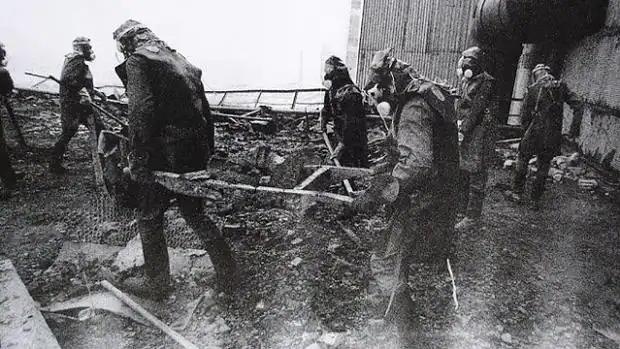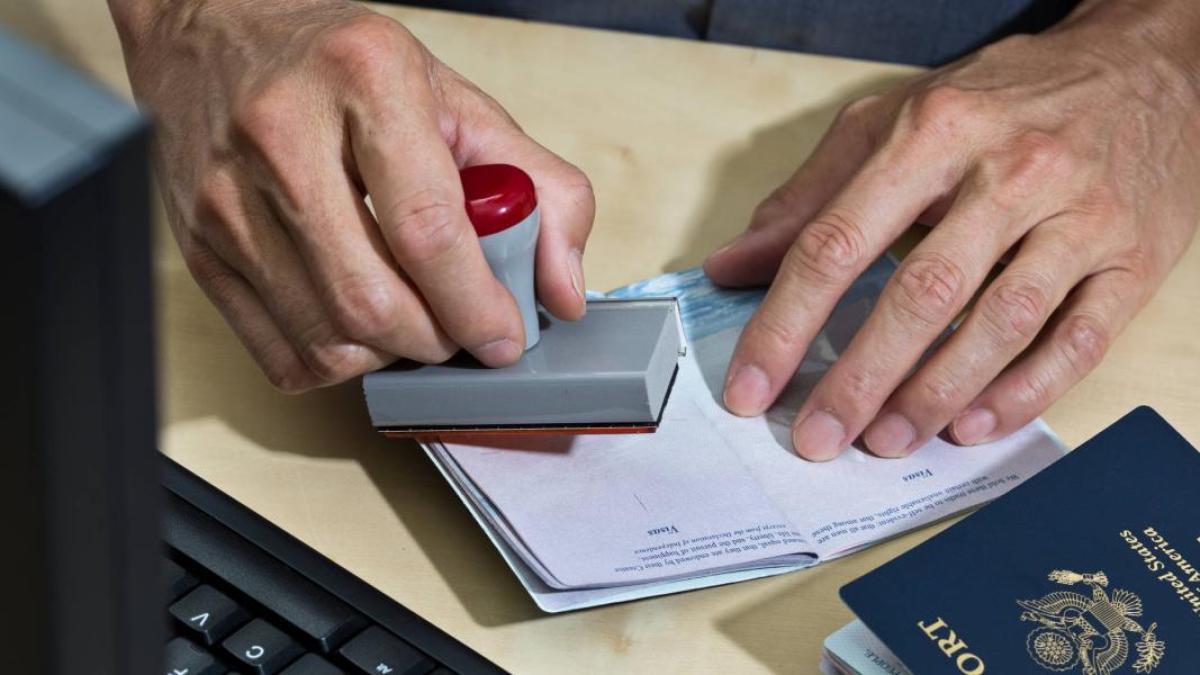Air traffic control wants to make sure how Webb’s various devices work in the cold.
Ison space telescope The opening of James Webb in space is delayed.
Webb’s heat shield had to be opened, spread and tightened in a complicated operation by Tuesday. On Monday, the cover was ready without tightening.
However, more time has now been taken. The U.S. Space Administration, Nasa, and air traffic control said equipment to be tightened remains to be investigated.
Space engineers check that small motors are at the right temperature – or actually in the right cold – before the cover is tightened to pink.
The heat shield is being applied tight these days. The artist’s view. Several auxiliary devices are required for tuning. If a point fails, ten billion euros could be lost in the winds of heaven.
Space engineers study on Sunday and Monday how Webb’s little engines play in space.
At the same time, air traffic control is gaining new insight into how a large telescope behaves in real space. All the tests that have been done on Earth so far.
“We have been testing and building the Web on Earth for 20 years. Now we’re taking a little more time to research how this observatory is behaving in the right conditions in space, ”he said Mike Menzel On Nasa’s blog. He is an engineer at the Goddard Space Flight Center.
The five-layer but thin heat shield is made of capton plastic. The layers are coated with aluminum. A tuned cover would cover the tennis court.
On the web there are many different motors and devices that open up all the splendor.
It is calculated that they perform more than 300 steps before the entire device is fully opened. Every step must succeed.
At the end of last week, the heat shield was already installed at the stage when it was opened from its packaging. It is also “sliced” into five different layers.
The layers rest on the platforms. They opened and locked in place earlier last week. The substrates hold large protective films in place. The guards are applied using platforms.
One film is very light and thin. The entire cover is spread throughout with an interplay of an amazing number of hinges, motors, gears, springs, pulleys and cables.
Shield must function perfectly “without inconvenience and without clutter”. If this does not happen, Webb’s measurements will remain weak. The devices would be too warm for good measurements.
Air traffic control is now making sure everyone is playing. Some of the critical stages are already behind us.
Now it is not worth it, because it is all spring.
“Webb’s thermal shield is like a parachutist’s parachute,” he compares Krystal Puga space company Northrop Grummanista the importance of protection.
The company assembled the parts obtained from Webb’s subcontracting into a telescope.
Read more: The biggest, most expensive and revolutionary – a device whose measurements can change our world on Christmas Eve
Webb now travel all the way to the L2 point of space. It is already beyond the lunar orbit.
It will be located 1.5 million kilometers from the L2 point at the end of January. There, the heat glows of the Sun, Earth, and Moon do not interfere with sensitive measurements.
After January, there is plenty of time to trim the equipment. The first images of the shell, which was opened by Webb, will not be captured until June.
Spring is going to cool Webb’s equipment and tune the measuring equipment.
Read more: The Webb space telescope pushes beyond the Moon’s orbit and towards a distant L2 point
Webb rose without a problem on Christmas Day, December 25, from French Guiana.
It is the most expensive and and the largest telescope ever. Scientists say it will provide completely new images and measurements from distant space in the summer of 2022 and beyond. Space has never been explored so deeply before.
If all goes well, Webb will describe space for at least 5.5 years. Then its small engines run out of propellant.
No more fuel can be taken into the telescope’s small guide nozzles because Webb is too far from Earth.
Webb first examines the origin and evolution of stars and galaxies. It then orients its device to the orbits of the Discovered Alien Exoplanets.
Webb also uses infrared to shoot through gas and dust clouds.
In the vicinity of space, it studies at least the icy gas debris from the planets, Uranus and Neptune. It is also likely to explore icy sites that orbit the Sun in the Kuiper belt, on the edge of our solar system.
.
#Space #exploration #Space #telescope #Delays #opening #Web #space #inspects #devices #tune #important #thermal #shield







